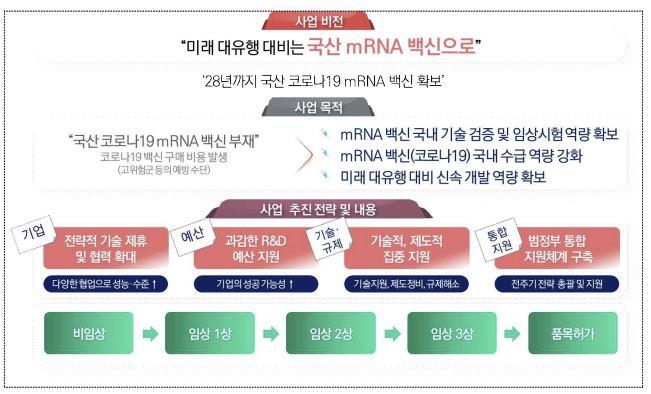I nutrition and eating disorders (Dna) are characterized by a high rate of chronicity, mortality and recurrence. Thus the president of the Istituto Superiore di Sanità, Rocco Bellantone, commenting on the need to create an updated mapping of the treatment centers and associations that at a national level offer services and support to individuals affected by DNA. The document was presented on Monday 14 October at a conference on the topic held at the Cndd, the National Center for Addiction and Doping.
Territorial mapping of treatment centers and associations dealing with DNA
The president of the ISS commented on the need to create an updated mapping of the centers and associations supporting people affected by DNA.
To prevent the disorder from becoming chronic with the risk of permanent damage, even serious damage that can lead to death, an integrated and early intervention is essential, explains Bellantone, underlining the importance of strengthening collaboration between the various structures identified.
The territorial mapping of dedicated centers offers a practical tool for orienting yourself in the area, also useful for facilitating the meeting between citizens’ demand and healthcare supply.
According to the director of the Cndd, the widespread monitoring of the services dedicated to these disorders in the area is a service that allows us to help in a concrete way. Our goal – explains Simona Pichini – is that with the constant updating of the platform, citizens will find answers to their questions at times when being timely in taking charge can really make the difference. It is in fact a 360° overview of the resources present in the area.
From the new mapping it emerges that in Italy there are 180 specialized structures, of which 132 treatment centers and 48 associations which for the first time are the subject of the census as the value of the support is recognized for them.
The majority of treatment centers belong to the national health service, 105 compared to 27 in the accredited private sector, and are mainly concentrated in the North where there are 63. In the South there are 45 and in Central Italy only 24.
The region that is most virtuous is Emilia-Romagna, where there is the highest number of dedicated services (23) but it is also a record in Piedmont. These centers are structured to accommodate users aged between 13 and 45. However, 18% declare that they can also take care of users under the age of 6, 51% minors aged between 7 and 12 and 78% also people over 45.
In 49% of cases, access takes place with a request from the NHS and a reservation at the Cup even if 33% of users manage to access the service freely. THE patients affected by DNA they are followed by multidisciplinary teams made up of psychologists, psychiatrists, child neuropsychiatrists, dieticians and nurses. 42% of the centers have exclusive DNA beds for both minors and adults.
The associations that deal with DNA and which in 79% of cases collaborate with the centers belonging to the NHS provide prevention and health promotion interventions, promote self-help groups and provide training activities. They are made up of family members (92%), citizen volunteers (71%) and professional volunteers (56%).
In 63% of these associations a listening desk is available. The toll-free telephone provides assistance in 13% of cases while home care is offered only in 6% of cases. However, the distribution of associations across the national territory is uneven. In fact, the survey highlights a notable regional gap: in the North there are 30, in the Center 10 and in the South only 8.
Tags :


